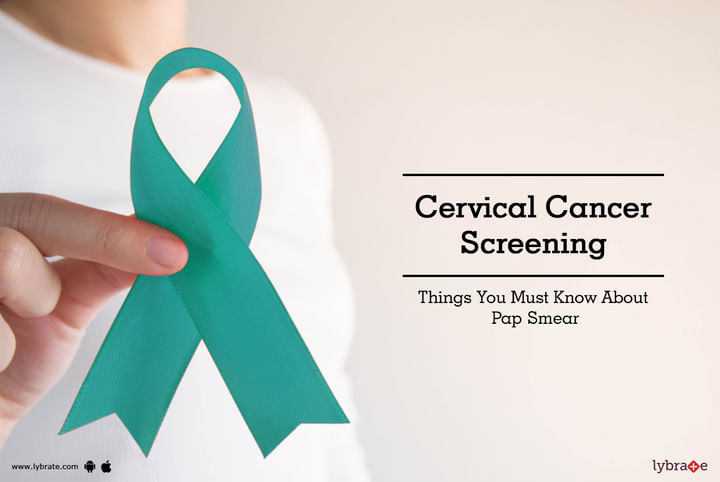Cervical Cancer Screening: Things You Must Know About Pap Smear
Cervical cancer is the fourth most common cancer amongst women and unless you take action at the right time, it can prove to be fatal. The best preventive method is to go for regular Pap smear tests.
What is a pap smear?
Pap smear is a cervical cancer screening procedure. During this procedure, cells from the cervix (the lowermost part of the uterus) are harvested. This test can detect if there are any changes in the cells of the cervix, which could be an indication of the onset of cancer. The earlier cancer is detected, the greater your chances of getting successfully treated.
When should you get your first pap smear?
Ideally, you should opt for regular pap smears once you turn twenty-one. Between the ages of twenty-one and sixty-five, you should get tested once every three years. Once you are thirty and you combine Pap smear and HPV test, you can reduce the frequency of tests to one in five years. If you are HIV positive or smoke or if a test has revealed precancerous cells, you may have to undergo tests more frequently.
How is Pap smear done?
The whole procedure takes around 15 minutes. You will have to lie on the examination table. The doctor will widen the walls of your vagina with a metal speculum and then insert a swab to collect cells from the cervix (present at the back of the vaginal tunnel). The samples are then sent to a lab. You might feel a slight pressure, but this test does not hurt.
The results
The results will be labelled either positive or negative. A negative report means the test did not find any abnormalities in the cells of your cervix. A positive result does not necessarily mean you have cancer; it could be inflammation or a tumour. In that case, your doctor will recommend another pap smear and if that too comes back positive, you will have to undergo a colposcopy.
Cervical cancer can take an immense toll on both your body and mind. To avoid that, you should get a Pap smear test done at regular intervals.


+1.svg)
